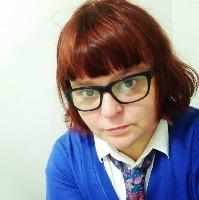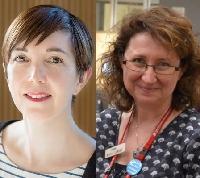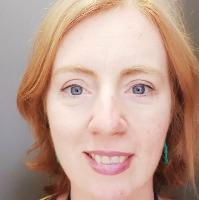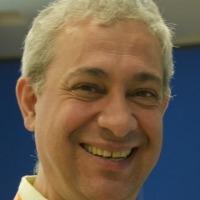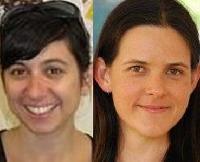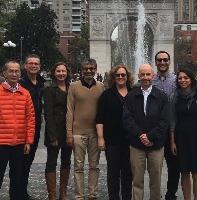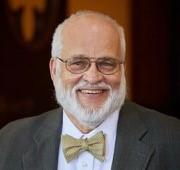Blog
Unless otherwise stated, content is shared under CC-BY-NC Licence
Digitising David
Michaela Hart is Senior Archivist for the Department of Health and Human Services Victoria, Australia
What better way to celebrate World Digital Preservation Day than tell a story about global superstar David Attenborough? I hope folks will let me know if I’ve drawn the bow too long.
This case study demonstrates some of the complexity of working with audio-visual material, and how this archivist was able to justify watching a 40-year-old documentary on a Friday afternoon. I am working on a project to digitise magnetic tapes that were acquired by our archives during the 1990s when most of the psychiatric intuitions were closing. Some of the tapes contain recordings with clients on them, but this particular accession contains educational material, recorded seminars, and talks.
Digitising the Dorothy Hill collection at the University of Queensland Library
Mandy Swingle and Kellie Ashley are Curators at the University of Queensland
In 2017, The University of Queensland Library unveiled an online exhibition about Professor Dorothy Hill (1907-1997), Australia’s first female professor. This exhibition is the result of an 18 month project that showcases the extensive collection of papers she donated to the Library and celebrates the scientific contribution of one of Australia’s leading academics. The exhibition features digitised content curated from the ninety boxes of her collection. Today, on World Digital Preservation Day, we are excited to share our story of how we aim to digitally preserve this wonderful collection.
(What A) Wonderful World
Back in February of this year I wrote a post for this blog describing work the DPC was embarking on to formalise our commitment to supporting inclusion and diversity in the digital preservation community. Then followed a lot of reading and research, discussions with people across the community, and numerous drafts and reviews of the document.
But, I am happy to report our Inclusion and Diversity Policy was published in June and launched at our yearly member’s unconference ‘Connecting the Bits’. There are a number of reasons why this is a topic that is important to me and I was honoured to have a chance to work on the policy. I must admit that it is perhaps the piece of work I am most proud of in my career to date.
It’s not all technical, digital preservation at State Library NSW
Joanna Fleming is Digital Curation Specialist for State Library of New South Wales
The State Library of New South Wales (the Library) is the oldest library in Australia, with a history dating back to 1826 and a collection of historical, cultural and informational significance documenting the heritage of Australia, New South Wales and Oceania.
The Library has a long history of collecting born-digital material and collection digitisation. However, systems, delivery, infrastructure, policy and practise required improvement to keep up with the demands of digital collecting and the expectations of readers. The Library also needed to be able to ensure the ongoing sustainability of digital collections.
Digital preservation as “communication with the future”? How really to do that?
José Borbinha is Professor of Information Systems at IST / INESC-ID in Lisbon, Portugal
I am an engineer… as that, I’m “cursed” with the fundamental (lack of?) knowledge to understand the root causes of the digital preservation challenge… But let us not talk about that today! The crime was committed a long time ago, and the criminals have escaped for good… We have no option than to address it the best we can…
OK, so let us do all the necessary engineering for that! Let us move on!!! Let us analyse the problem, conceive the corresponding technological solutions, and… just do it! Correct? NO! WRONG!
It is wrong because even if it is true we need “engineering” to address the problem (good for me and my friends… we still have work… ;-), we also know it is not enough… Let us then restart…
My preferred definition for digital preservation is “communication with the future”. This was the slogan of the SHAMAN project (https://cordis.europa.eu/project/rcn/85468_en.html), but I’m sure we took it from someone else… unfortunately I could not trace it to its due source… my apologies!
Developing a community code of conduct
Rachel Tropea is Senior Reseach Archivist and Jaye Weatherburn is Digital Preservation Officer at the University of Melbourne
Australasia Preserves is an active digital preservation community of practice for the Australasian region, established in February 2018 (http://blogs.unimelb.edu.au/digital-preservation-project/2018/03/06/australasia-preserves-establishing-a-digital-preservation-community-of-practice/). This community aims to nurture a community of learners, teachers, researchers, managers, and practitioners from a variety of professional and personal backgrounds and skill levels.
A team from the University of Melbourne has committed time and resources during 2018 for organising online monthly meetups, featuring a variety of speakers and topics. The Twitter hashtag #AusPreserves is used to share information with the broader international digital preservation community.
No Time To Wait 3: Rough Consensus and Running Archives
Ashley Blewer is AV Preservation Specialist for Artefactual Systems
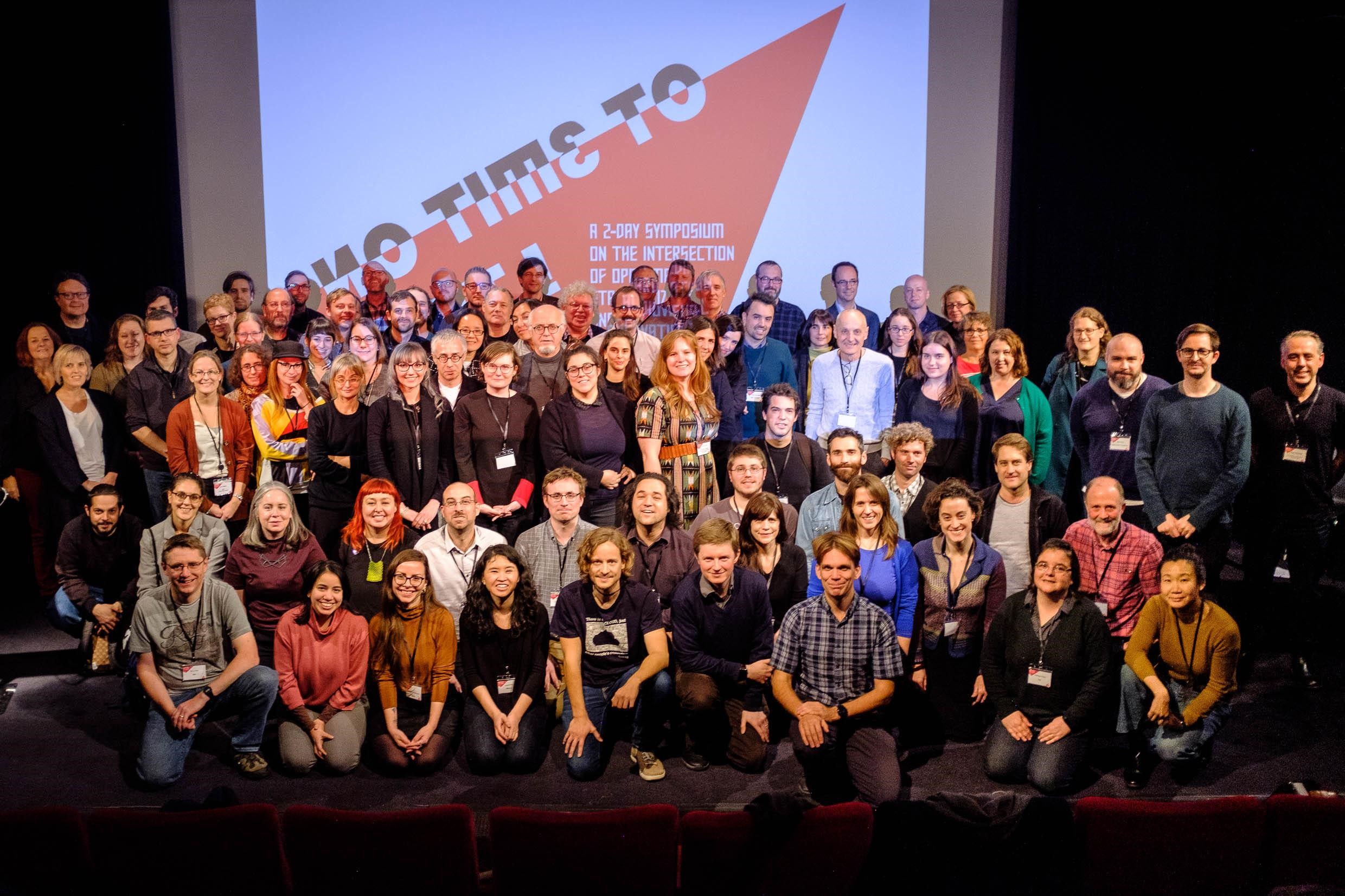
NTTW3 Group picture - Photo credit E. Verbruggen CC-BY
Introducing ePADD
Glynn Edwards, Josh Schneider and Peter Chan are part of the team at Stanford University Libraries
Email offers singular insight into and evidence of a person's self-expression, as well as records of collaboration, networks, and transactions. Email communications of prominent individuals, including politicians, writers, scholars, and the like, reveal not only their professional and personal actions, decisions, and creative output, but also relationships within society and communities. Thus, the appeal of email collections extends beyond historians to all manner of researchers, journalists, and the general public seeking to obtain insight into individuals and their lives.
Community Cultivation and the Software Preservation Network
Jessica Meyerson is Research Program Officer for Educopia Institute and coordinating member of the Software Preservation Network
Introduction
As the Software Preservation Network (SPN) makes its first attempt to transition from a grant-funded effort to a member and sponsor-supported community, we do so with an awareness that initiating a new collaborative effort looks very different, in terms of required skills and resources, from sustaining an existing collaborative effort. We are lucky to be informed by Educopia Institute’s Community Cultivation - A Field Guide (CCFG), which provides a comprehensive description of community growth both in terms of lifecycle stages (Formation, Validation, Acceleration, Transformation) and growth areas (Vision, Engagement, Infrastructure, Governance, and Finances & Human Resources).
I want to take this opportunity to map a subset of SPN’s activities using the CCFG with the goal of demonstrating SPN’s commitment to responsible development and to provide an example of how other digital preservation communities can use the field guide as a tool for assessment and development.
The supermassive black hole in the middle of our current digital preservation strategies
Carl Grant is Dean (Interim) for the University of Oklahoma Libraries
In July 2018, astronomers announced that they had located a supermassive black hole at the center of the Milky Way Galaxy, our home galaxy. (Black holes are gravitational fields that have such intensity that when things enter, they disappear without a trace.) Which reminded me of a concern I’ve been voicing about digital preservation for the last several years, i.e., the fact that we have no apparent organized strategy for preserving cloud-based services.













































































































































